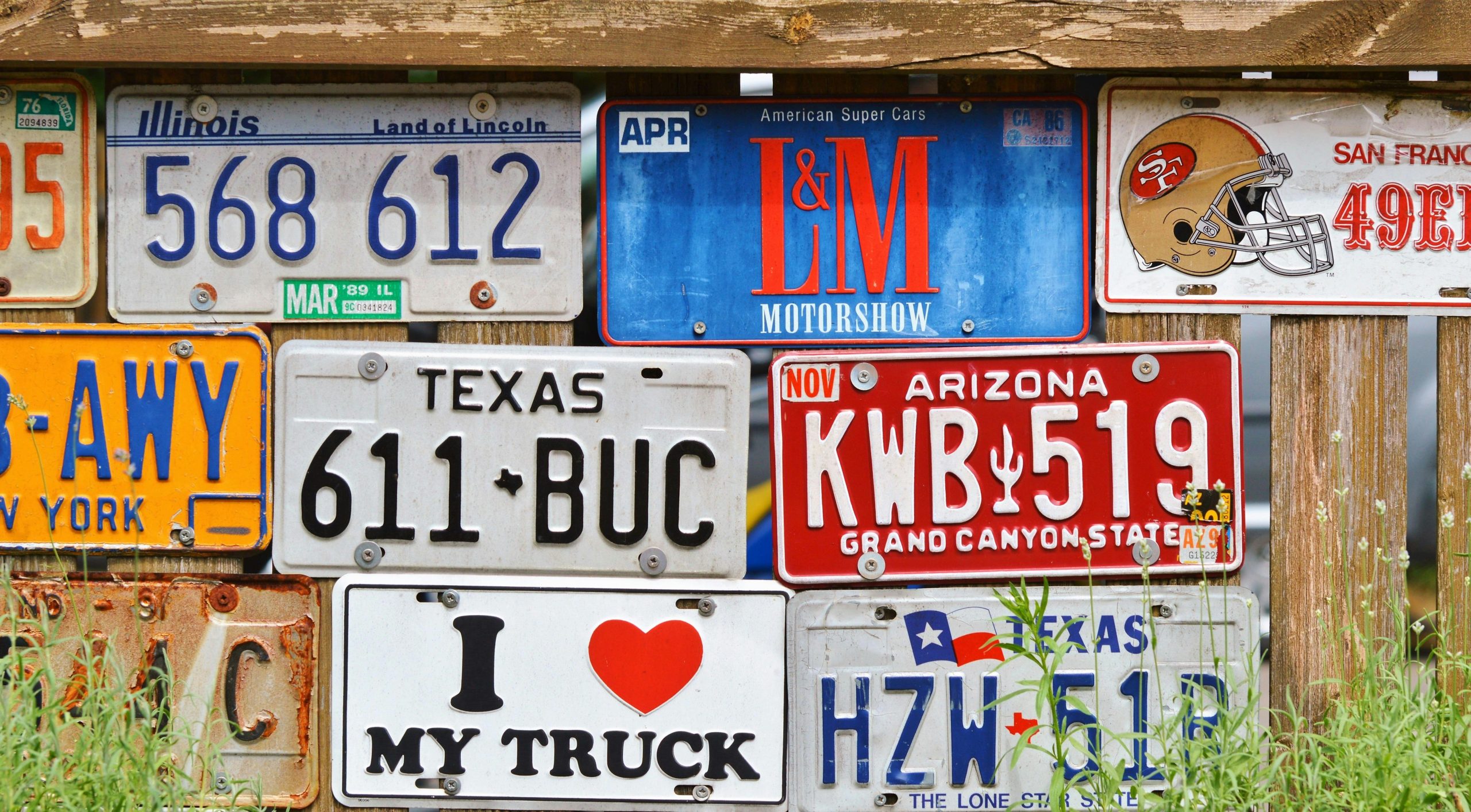My morning took a turn for the worse when I was involved in a car accident. While driving safely and maintaining a reasonable distance from the vehicle in front of me, I approached an intersection with a green light that was just turning yellow.
The car ahead of me had already crossed the stop line, and it seemed like they were continuing through the intersection. However, out of nowhere, the driver suddenly slammed on the brakes, coming to a complete stop. This unexpected halt caught me off guard, and despite my efforts to swerve to avoid a collision, I ended up lightly hitting the rear right side of their vehicle (my front left corner).
The damage was minimal—just a cracked rear bumper on their car and a cracked front bumper on mine. However, the sudden stop was definitely out of character for regular traffic flow. I understand that, as the driver who rear-ended the other car, I’ll likely bear some liability. But I’m curious to know how much of this should really be considered shared liability. Should I work with my insurance to present my case and potentially have his insurance cover my damages? I’m new to this process and already reported the incident to the police. Any advice would be appreciated!




I’m sorry to hear about your rough morning; that sounds frustrating. When it comes to determining liability in a rear-end collision, it is generally true that the driver who rear-ends another vehicle is typically assumed to be at fault, as drivers are expected to maintain a safe following distance that allows them to stop in time.
However, your situation does have some nuances that could influence liability. If the vehicle in front of you stopped suddenly and unexpectedly, which deviated from their normal behavior while proceeding through an intersection, this could potentially be seen as a contributing factor to the accident. Factors such as whether the driver in front made an unsafe maneuver or if there were any underlying issues (like a mechanical failure) can also play a role.
Given that the police were involved and a report was filed, that will provide documentation of the incident, which is essential. It’s advisable to contact your insurance company to explain the situation and file a claim. They can help you navigate the process of assessing liability and handling potential claims against the other driver’s insurance.
It may also be beneficial to gather any evidence you can, such as witness statements, photos of the accident scene, and any dashcam footage if available. Documenting everything will support your case if there is any contention regarding liability.
In the end, your insurance provider will help you determine the best course of action. If shared liability is established, you might be able to pursue damages from both your and the other driver’s insurance. Good luck, and I hope everything works out smoothly for you!